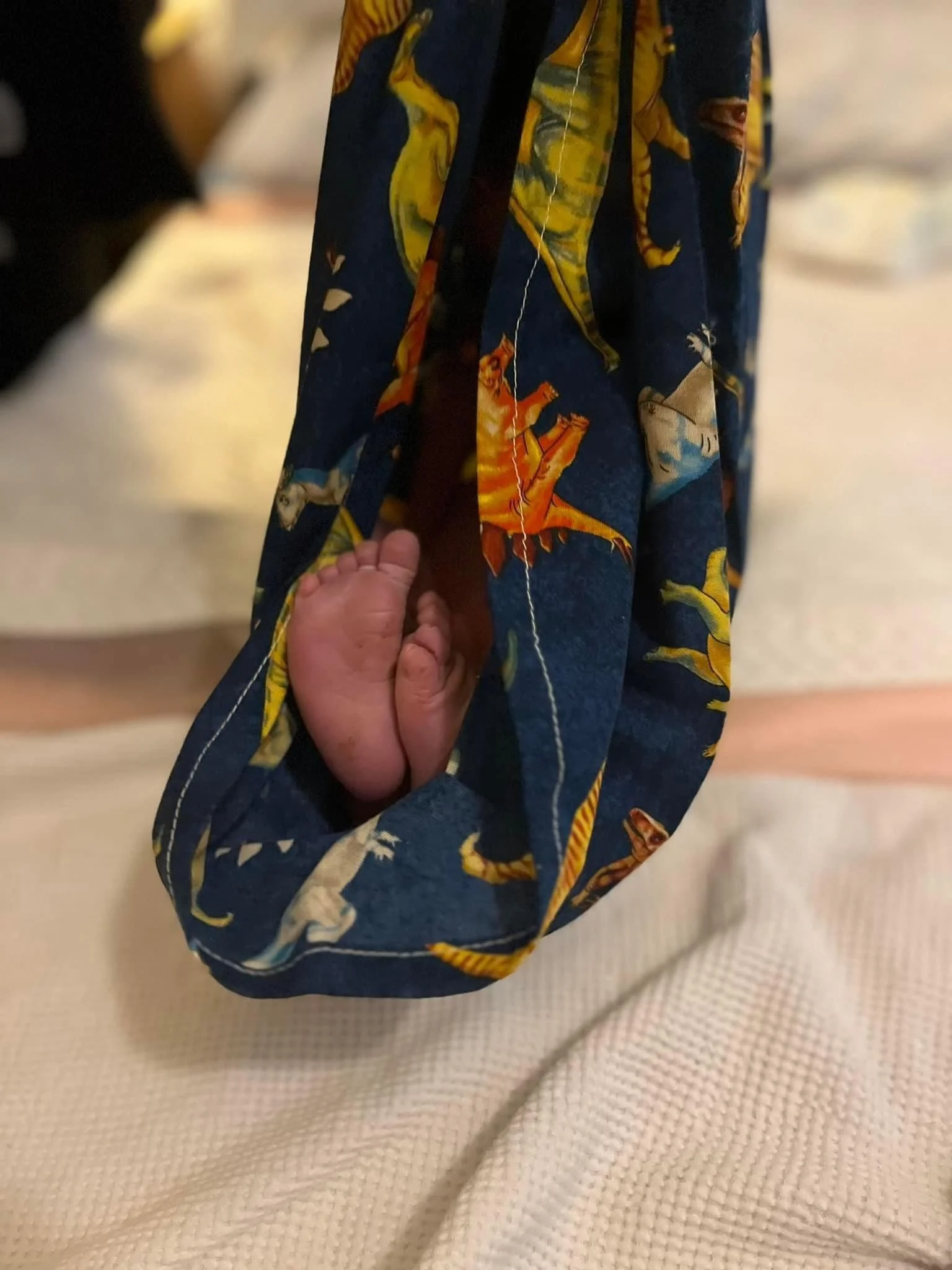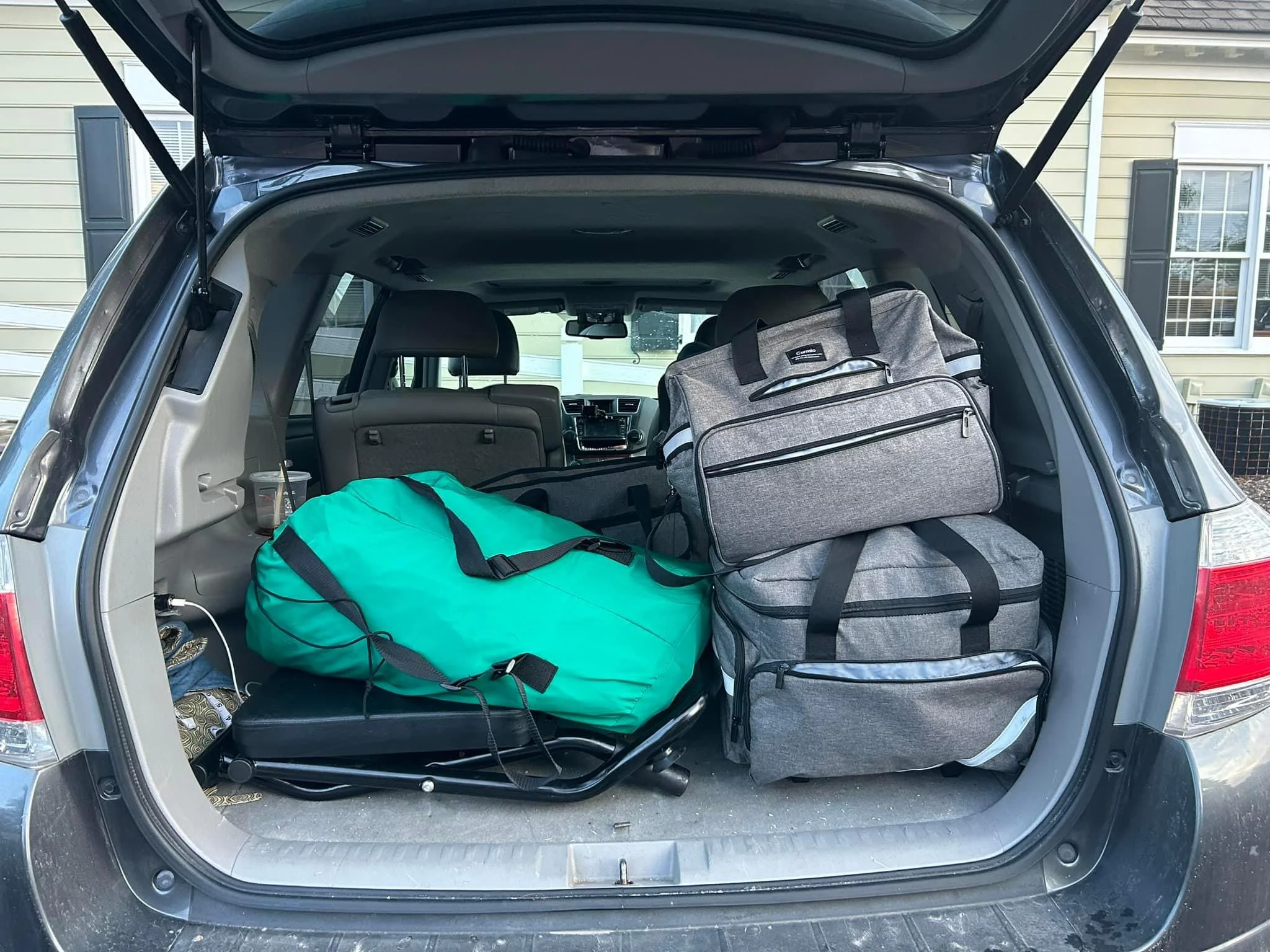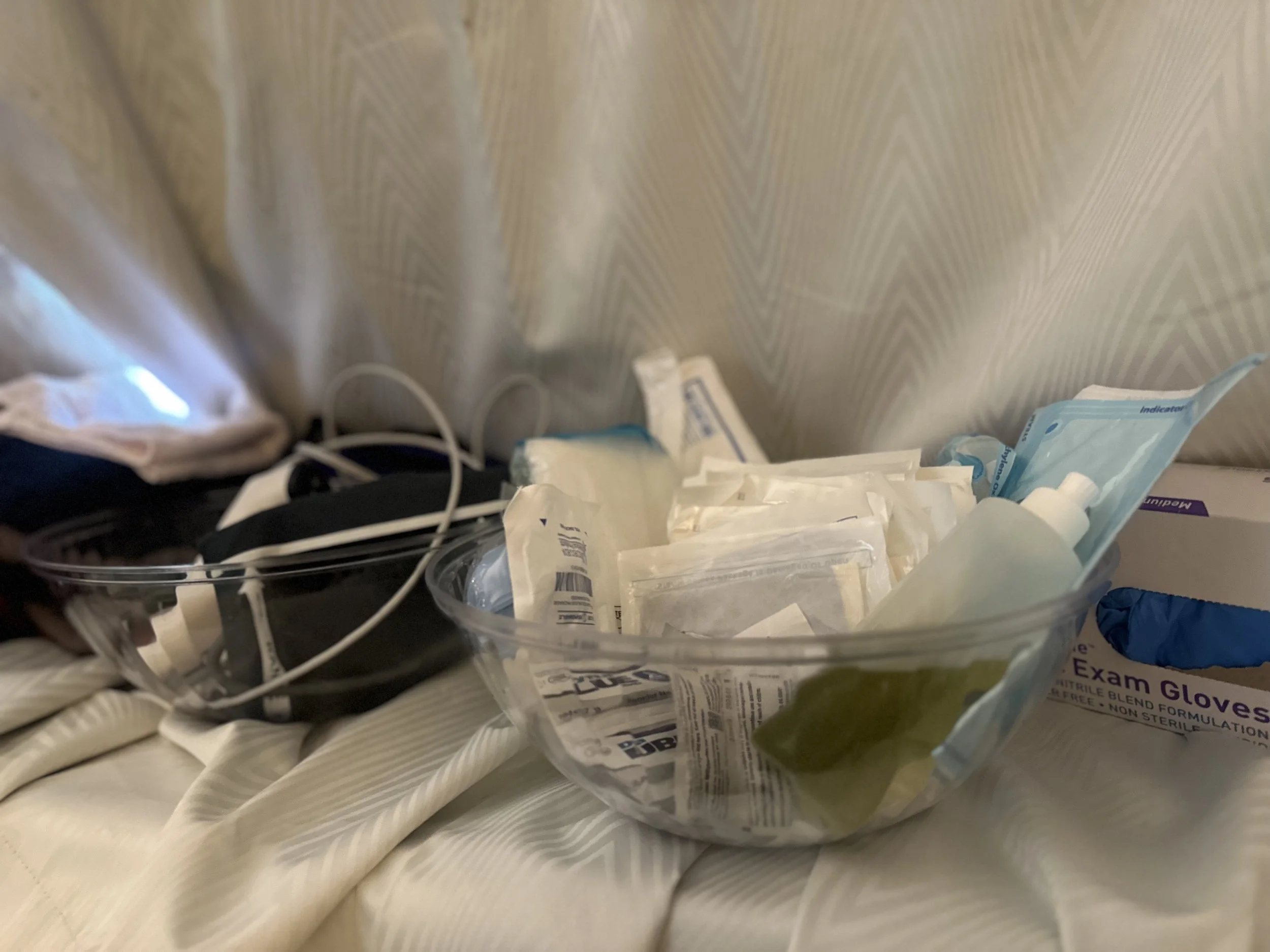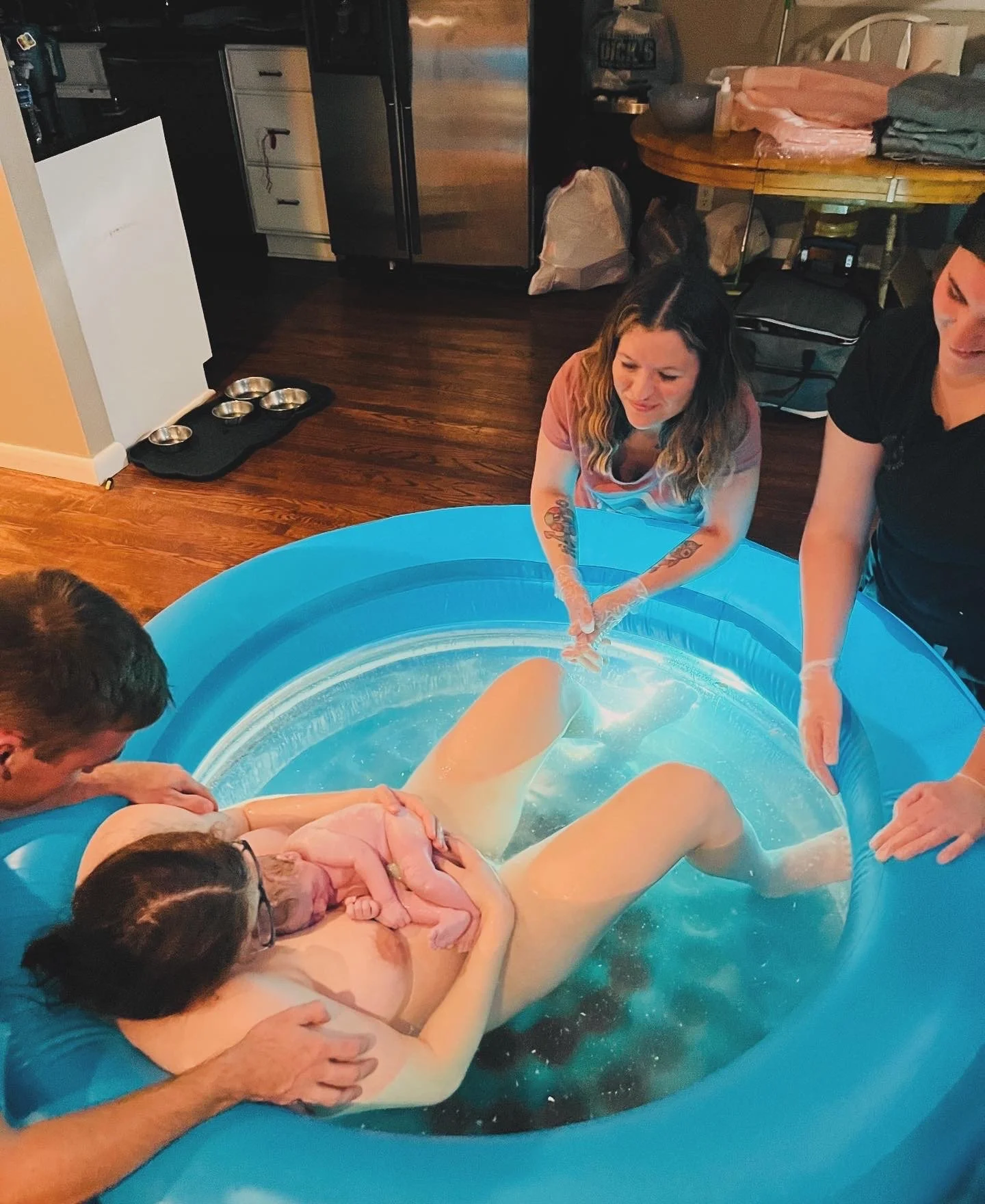
Frequently Asked Questions
Have Babies Where You Make Them!
Are you a traditionally trained midwife or a licensed midwife?
Both! I am a traditionally apprenticed midwife, certified by the North American Registry of Midwives (NARM) and licensed by the Virginia Board of Medicine.
What area do you serve?
I live in Botetourt County and serve the greater Roanoke area, where my office is located. I will drive anywhere within about an hour of my home, including Botetourt County, Roanoke, Montgomery County and the NRV, Bedford, Lexington and Covington.
What makes you a good midwife?
As I was trained through the apprenticeship model, I have a strong understanding of physiologic birth, informed consent, herbs, and the role that health and nutrition play in healthy pregnancy. Virginia gave midwives the ability to carry and administer medications and intravaneous fluids in 2023 and I combine my knowledge with evidence based medicine. I order labs, ultrasounds, and refer to all of the amazing resources that we have in our community including an amazing group of chiropractors, IBCLC’s, holistic doctors, and OB/GYNs. I decided to practice on my own, because I am the best midwife that I can be when I have a close relationship with my clients- birth is intimate and that space should be honored and protected. We spend 12-15 hours together on average before your birth in prenatals, classes, and getting to know each other. My hope is that in the event of an emergency, we would be able to use shared decision making for the best outcome for you and your baby. I only take 1-2 clients a month so I can dedicate the time that I need to you and your birth, baby, and family!
What do you bring to births?
I bring birth supplies like gloves, gauze, umbilical cord scissors, herbs/medications, IV supplies, resuscitation equipment etc. I also provide an inflatable birth pool, and bring a birth stool to every birth, things for comfort measures, and supplies to monitor mom and babies vitals.
What is the midwifery model of care?
According to the National Association of Certified Professional Midwives, the Midwives Model of Care is rooted in the understanding that pregnancy and birth are normal life processes. This model of care contrasts against the medical model of care and is characterized by:
~ providing the pregnant person with individualized education, counseling and prenatal care, continuous and hands-on support during labor & delivery, and nurturing care throughout the postpartum period;
~ keeping technological interventions to a minimum and only using interventions with the complete informed consent of the birthing person; and
~ referring to physicians identified clients who would be better served with obstetrical care.
For more information see:
https://nacpm.org/about-cpms/midwifery-model-of-care/
What is home birth?
Home birth is defined as giving birth to a baby in your place of residence. Home birth can be planned (87% of U.S. home births) or unplanned (13%). It can be attended by a midwife (62% of U.S. home births), a physician (5%), or others, such as family members or emergency medical technicians (33%) (MacDorman et al., 2012).
Who is a good candidate for a home birth?
There is a lot of controversy over who should be eligible to give birth at home. Many countries have standardized “lists” of what makes a woman a good candidate for a home birth, but the U.S. does not. The list below is taken from the criteria used in Janssen’s (2002; 2009) studies on home birth in Canada.
Women who are considered “low risk” and may be good candidates for home birth include the following (this should not be considered an exhaustive list):
A woman who is pregnant with a single baby and has made an informed choice to birth at home
Baby is head down at term
Between 37 and 41-42 weeks pregnant (researchers differ on the 41-42 weeks)
No serious medical conditions (heart disease, kidney disease, blood clotting disorders, type I diabetes, gestational diabetes managed with insulin, preeclampsia, or bleeding)
No placenta previa at beginning of labor
No active genital herpes
No thick meconium
*No prior C-section
*Spontaneous labor
For more information see https://evidencebasedbirth.com/what-is-home-birth/




